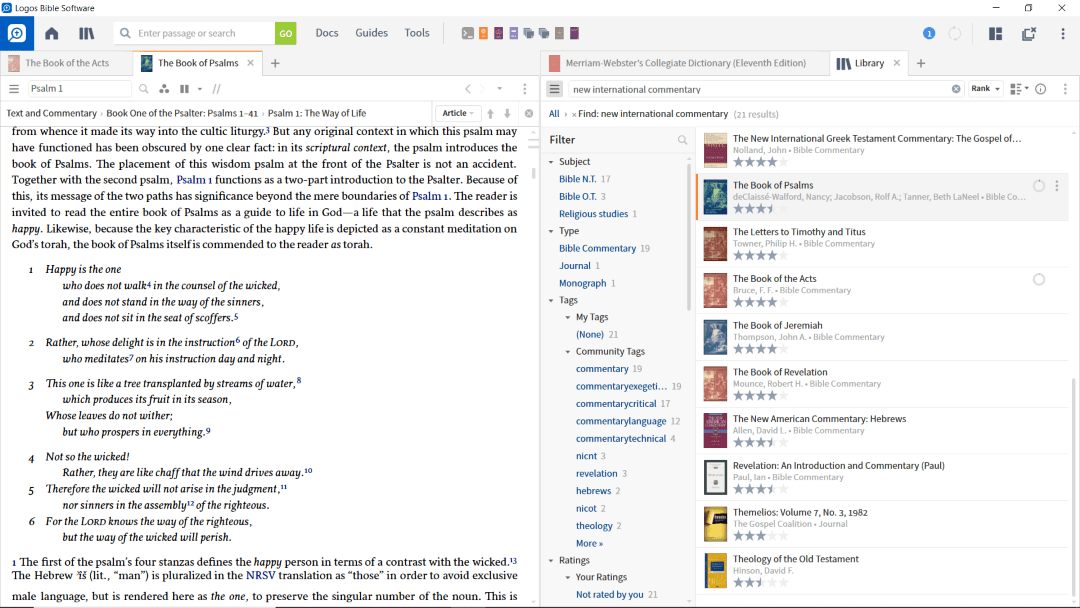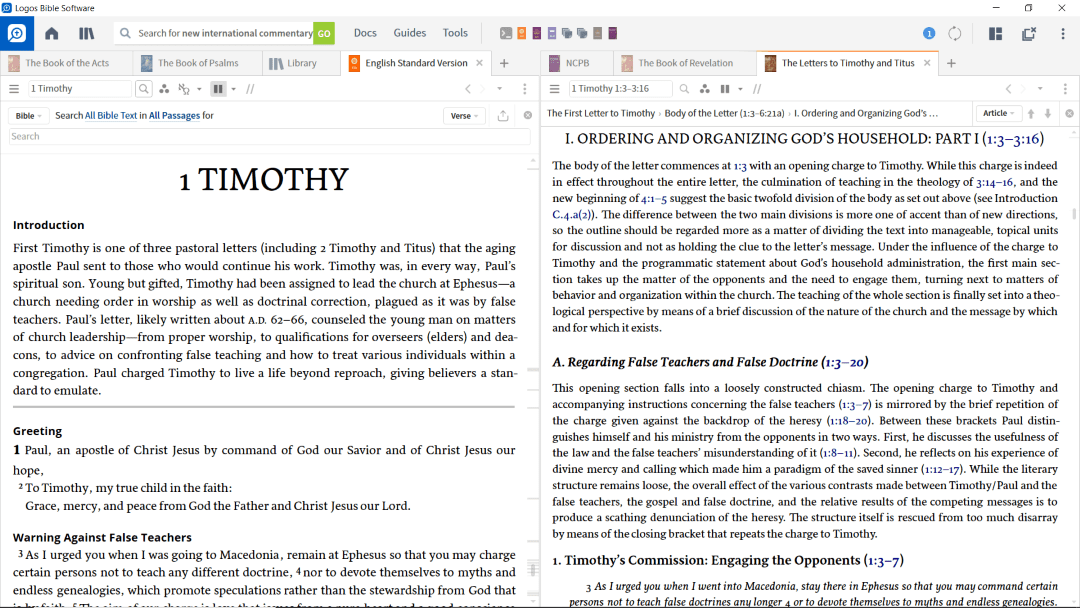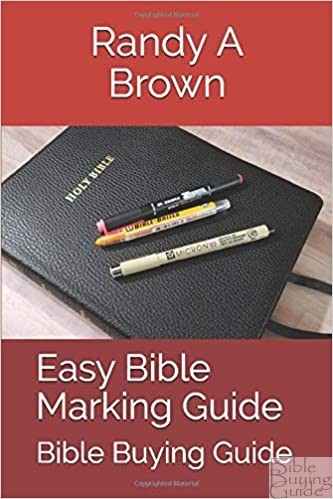The New International Commentary collection for Logos combines The New International Commentary on the Old Testament and The New International Commentary on the New Testament into a single set or as individual books so you can get the exact books when you want them. The NIC integrates into the Logos Passage Guide, so when you enter a passage the results from the NIC appear, giving you instant access to the commentary on the passage you’re studying. They include detailed introductions. verse-by-verse commentary, discussions on textual issues, etc.
The entire set is on sale for 43% off, and the individual books average $29.99 each. The sale will end 5/15/2019.
The commentary includes modern scholarship, including several older volumes that have been updated. The commentary series itself is from an evangelical viewpoint. The writers hold that the Bible is the inspired Word of God and that it was written human writers as God led them in their writing. This is my stance too, so I appreciate this viewpoint. The commentary balances standard critical methodologies with a love for the text. It pays close attention to literary features, theological themes, and what it means for us today.
I’m specifically looking at these five volumes (Faithlife provided them in exchange for an honest review):
The New International Commentary on the Old Testament: The Book of Psalms
The New International Commentary on the Old Testament: The Book of Jeremiah
The New International Commentary on the New Testament: The Book of the Acts
The New International Commentary on the New Testament: The Letters to Timothy and Titus
The New International Commentary on the New Testament: The Book of Revelation
Here’s a quick overview of each.
The New International Commentary on the Old Testament: The Book of Psalms
The commentary on Psalms (seen on the left in the image above) was written by Nancy deClaissé-Walford, Rolf Jacobson, and Beth Tanner. It includes insights from all three writers, who focus on the Psalms’ poetic nature. It includes a new translation that takes the Dead Sea Scrolls into account as well as research into the canonical shape of the Psalms.
The New International Commentary on the Old Testament: The Book of Jeremiah
The commentary on Jeremiah (seen on the right in the image above) was written by John A. Thompson. He looks at the role that prophets played in the history of Israel and then focuses on the setting of Jeremiah and his message to Israel. He focuses on the book’s structure and composition, the date that Jeremiah was called, Jeremiah’s symbolic actions, the text itself, and the poetic forms of the book. He also discusses the relationship between Jeremiah and Hosea.
The New International Commentary on the New Testament: The Book of the Acts
The commentary on Acts (seen on the left in the image above) was written by F. F. Bruce. This version is the late 80’s update to his older 1954 commentary. It’s based on his own translation from the Greek text. Like his other works, the commentary is well-written and highly detailed. He brings in lots of similar passages and shows similarities and differences. I especially liked his point about the gift of the Spirit in Acts 2 being different from the Gifts of the Spirit in 1 Cor. 12-14.
The New International Commentary on the New Testament: The Letters to Timothy and Titus
The Commentary on Timothy and Titus (seen on the right in the image above) was written by Philip H. Towner. He focuses on the religious, historical, and cultural settings, and shows how each one is unique. He also consults other major commentaries on these books and questions assumptions that have been made in critical scholarship. He includes citations, footnotes, and indexes.
The New International Commentary on the New Testament: The Book of Revelation
The commentary on Revelation (seen on the right in the image above) was written by Robert H. Mounce. This is an updated edition of his older commentary and includes more recent scholarship. This edition is based on the NIV. He shows the different approaches to interpreting apocalyptic literature. He handles all of the major points including the timing, tribulation, millennium, etc., and takes a middle-of-the-road approach between literalism and subjectivism, exploring how the book was written and interpreted to the first century Church.
Conclusion
The New International Commentary collection for Logos, including both The New International Commentary on the Old Testament and The New International Commentary on the New Testament, is a well-written set of commentaries. Each of the books has detailed outlines, introductions, and commentary.
I read several portions from each book and every passage was covered in great detail. They usually had a lot more information than I needed. I especially liked the cultural background information to help see the original context. I also liked how they approach the various genres, even the genres of Psalms, differently. They not only show that they’re different but also how they’re different. They’re great for reading and for research. I would like to see a few more points of view, but they do mostly take a main-stream evangelical approach. Like all commentaries and extra-biblical resources, I recommend using them for reference and do your own study.
They integrate well with the Logos library, making them easy to use for sermon prep or reading. I also used them on my tablet and smartphone. They worked great on all of the devices. I found that I liked reading them as articles on my smartphone. This is an excellent resource for any pastor, teacher, or student of God’s Word.
Faithlife provided these commentaries in exchange for an honest review. I was not required to provide a positive review. My opinions are my own.















Recent Comments